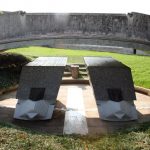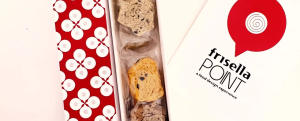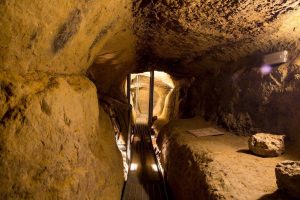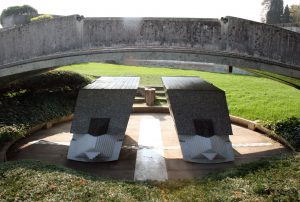
Biagio Scaramuzzino da Serra San Bruno at the Royal Palace of Caserta
My excavations continue in the Calabrian Bourbon history, I continue to dig up elements that, for better or for worse, give a different vision of this region. This time I intend to tell you the story of Scaramuzzino, the great architect who traveled from the Calabrian Serre to Caserta. One of Vanvitelli’s pupils who most gave pride to the master without being remembered in manuals and architectural literature, if not for having erected churches in Serra San Bruno. Unfortunately it is not possible to find certain information about his life in Serra, while those about his fame are certain. In the land registry I could see that in 1741 at the age of 18 he was a transport worker, a source to be evaluated, and in 1755 he was a master carpenter. Biagio had very clear ideas about the path to take and his plan to approach the well-known Vanvitelli (VAN WITTEL), a renowned architect, was clear. The time had come when the Crown of Naples decided to build a stupendous royal palace, bigger and more splendid than Versailles. The project was entrusted to the son of Gaspar Van Wittel, already active in Rome under Benedict XIV in the restoration of the dome of St. Peter. Luigi Vanvitelli had to create an efficient team made up of the inthelighenzia of the major architects of the Kingdom. Biagio worked on this project alongside Vanvitelli; who would have imagined that an “anonymous” Calabrian architect was one of the architect’s protégés. Vanvitelli’s studies and proximity bring Biagio closer to the Baroque and once back in Serra he builds the Addolorata church, a true masterpiece! Furthermore, according to the fame of the carvers of Serre in the Platea di La Serra it is written that he was Mayor of Serra at the age of 44 and “Engineer of great name and known even in the Capital”. The historical excavations around this story lead me to discover that he worked with the Neapolitan architect right on the central staircase of the Royal Palace. At that time it was the highest staircase in Italy, with its 18 meters in height. The grand staircase, an invention of the eighteenth-century scenographic art, connects the lower and upper vestibule, from which you enter the royal apartments. Vanvitelli wanted this main part to be entrusted only to witty and expert minds like that of Biagio. The rooms intended for the royal family were built on several occasions and over an entire century, according to a style that reflects the so-called “interior unity” characteristic of the eighteenth-century architectural and decorative concept and partly according to the nineteenth-century taste for composite and the small objects. It is no coincidence that in Caserta the young man became interested in perfecting himself in science still not within his reach, thus becoming multifaceted. It is clear that the work side by side with the enlightened Bourbon influenced him a lot, so much so that on his return he ventured to build the churches of his Serra San Bruno, not deviating from the teachings of the master. I summarize what has been said below the scientific proof of the facade of the Addolorata Church. The young man takes up all the elements and gives the church an elliptical façade, and it is an undulating continuum from the cornices onwards. Acquiring forms that appear to be deformed, a technique typical of the time both in Naples and in Europe, the Calabrian with outstanding ingenuity brought them to Serra and other areas of Calabria. While he was unrolling his project, Scaramuzzino remained vigilant not to lapse into formal rhetoric, and not to fall into splendor according to the value of the Archconfraternity of the Seven Sorrows. Fundamental is the use of skilled local workers such as Vincenzo Salerno, and the use of local materials.













